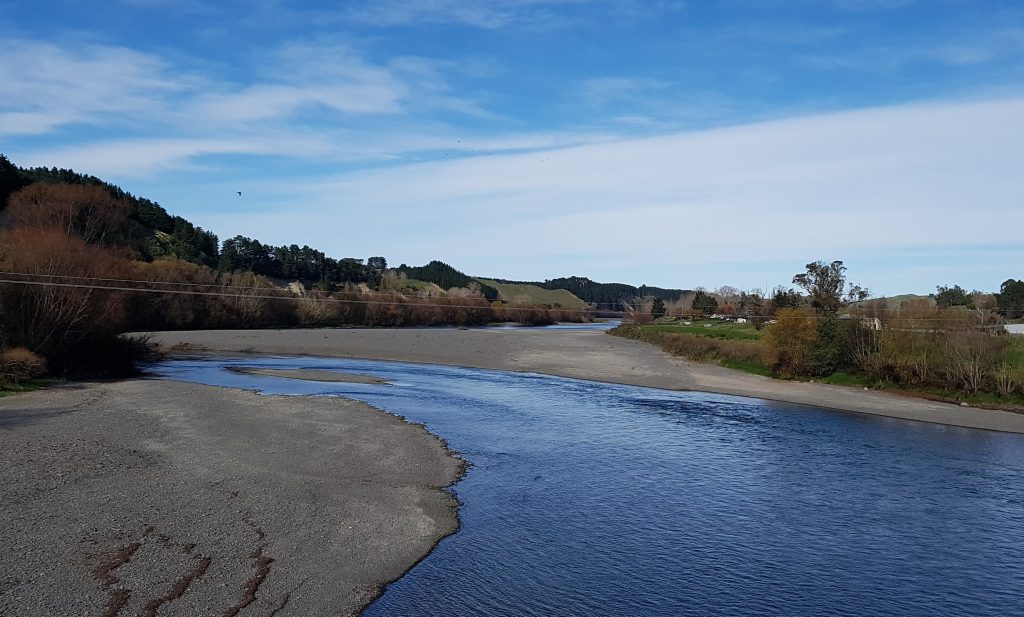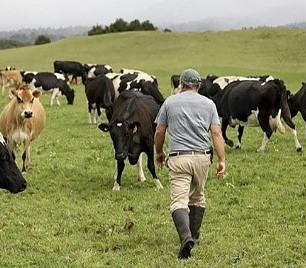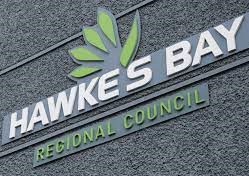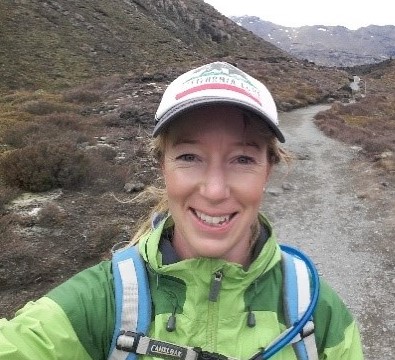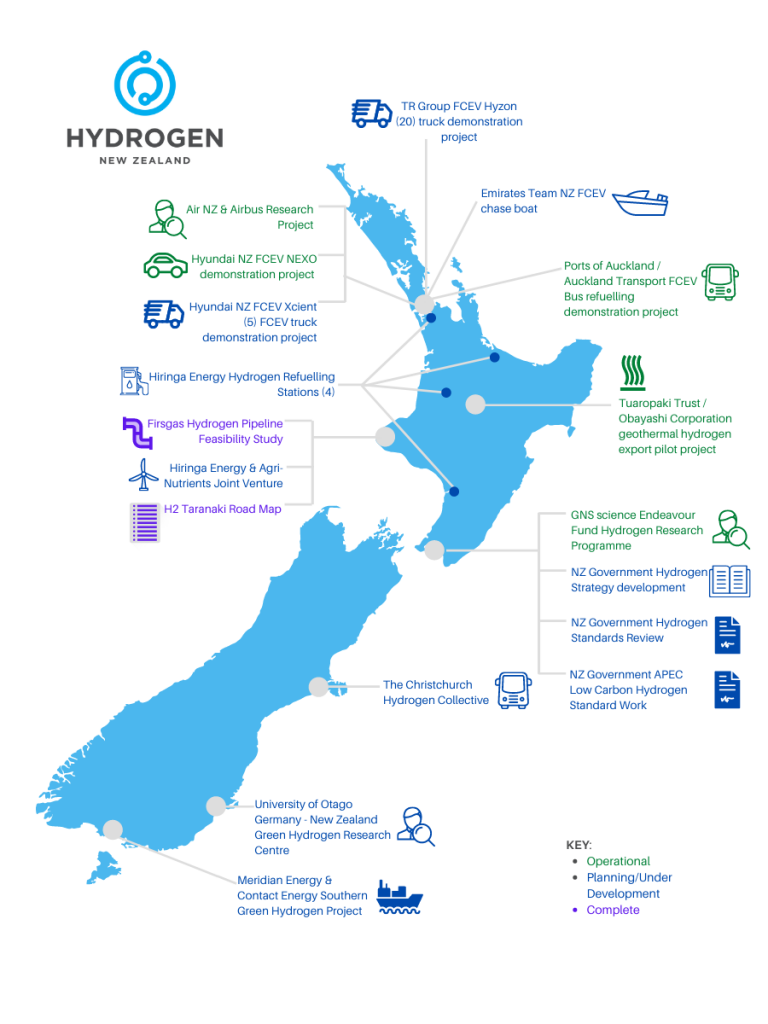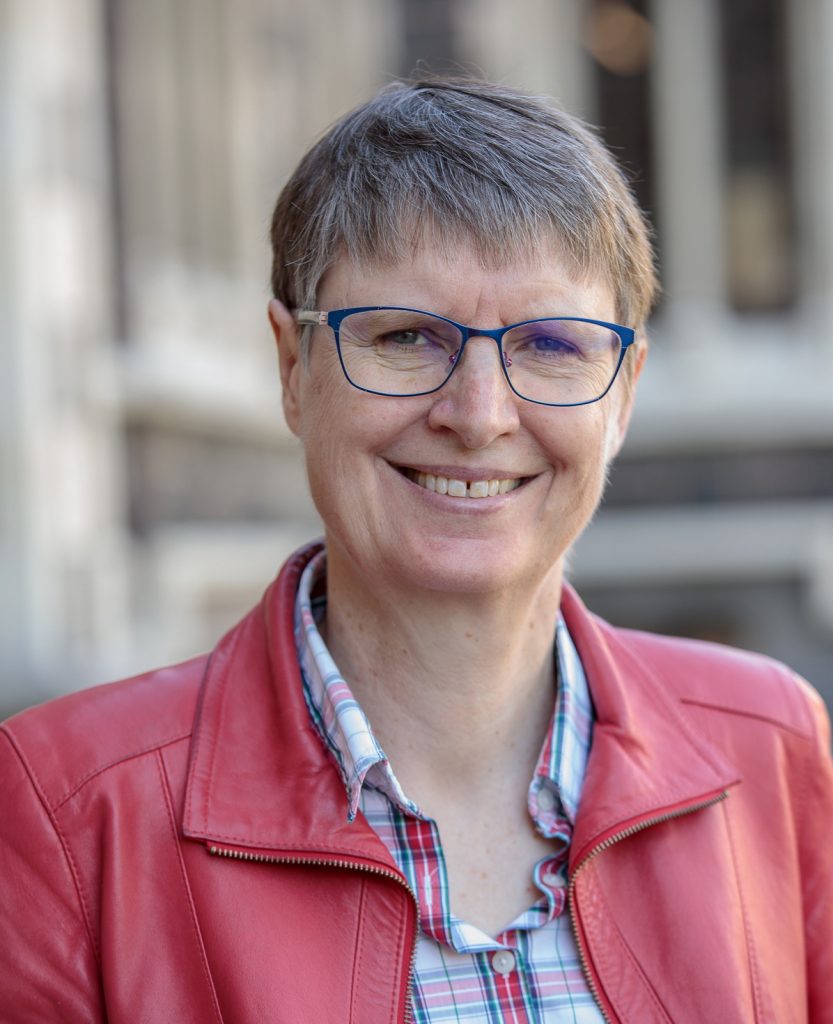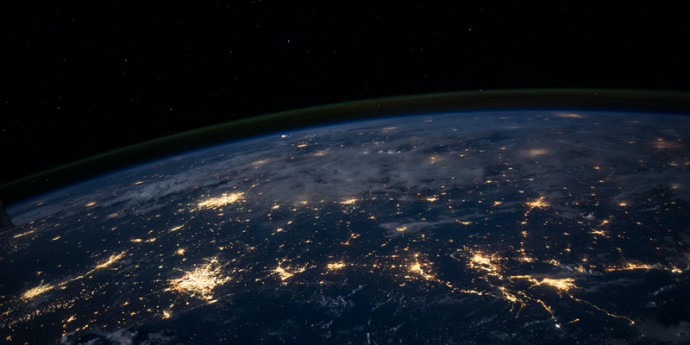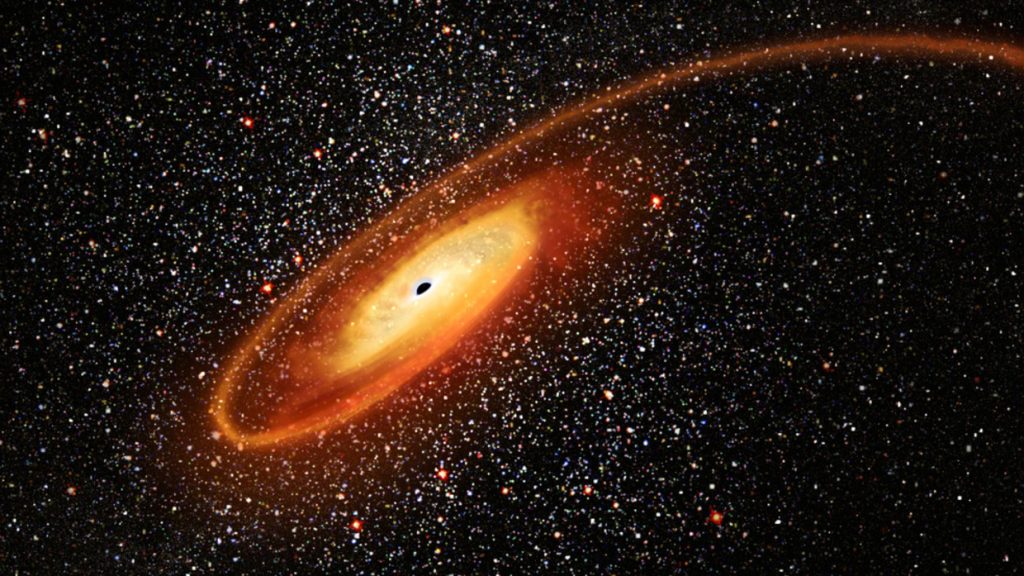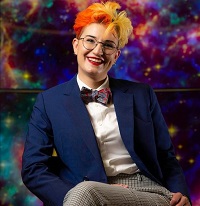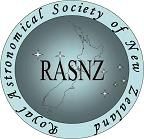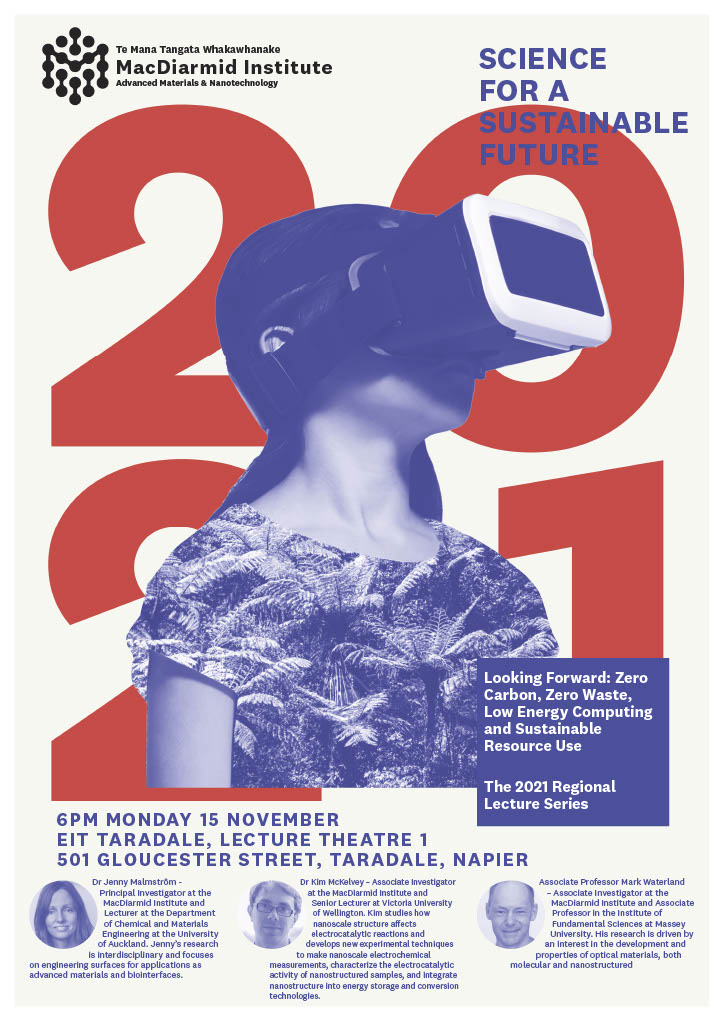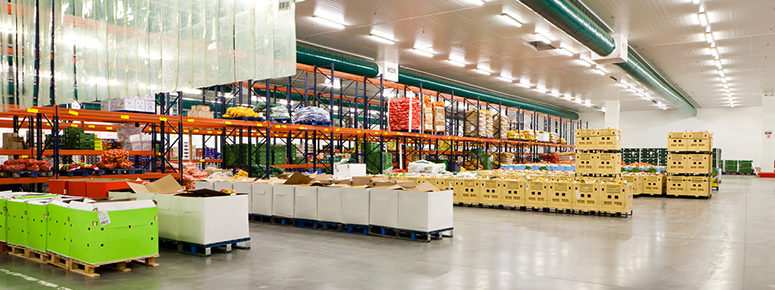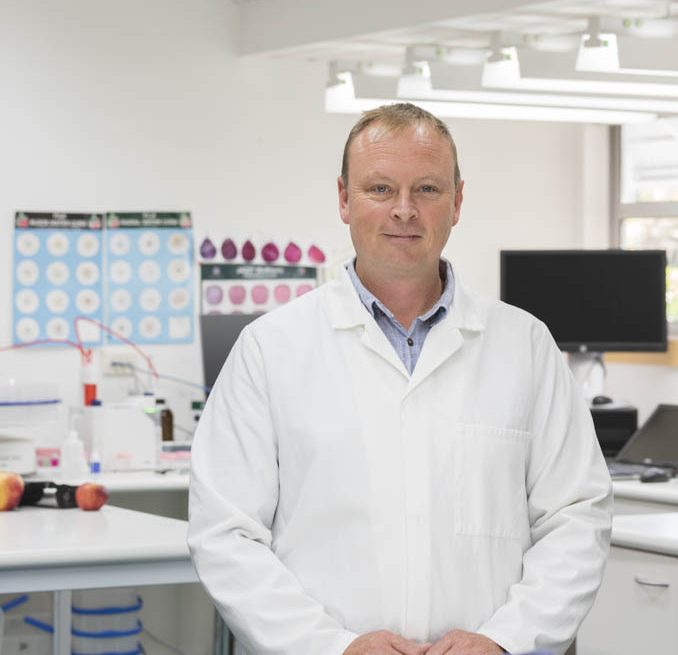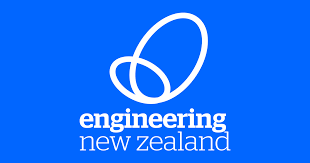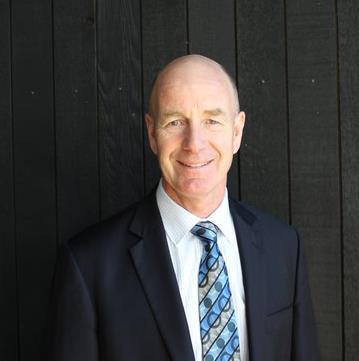Dr Andrew Cleland
Distinguished Fellow of Engineering New Zealand and Fellow of the Royal Society Te Apārangi
Date: 6.00pm Monday 16 August 2021
Venue: Lecture Theatre 1, EIT Taradale
Admission: Gold coin donation
This is a joint meeting with the HB Branch of Engineering New Zealand.
Andrew will examine the way in which self-regulating professions have evolved, with a focus on how the engineering profession in New Zealand has responded to challenges over the last thirty years. Maintaining standards – both technical and professional – in the face of mounting commercial pressure has proven increasingly difficult. Notable failures, such as the CTV building in Christchurch, have led to regulatory intervention by Government.
He will then turn to the research sector and talk about the changing nature of peer review, ethics and what respecting the public interest means in practice. In seeking to answer the rhetorical question of the title, Andrew brings together his experience in both fields and identifies opportunities for engineers and researchers to learn from one another.
This presentation was first delivered in April 2021 to the Manawatū branches of Engineering New Zealand and the Royal Society Te Apārangi, as the 2021 Earle Lecture, a two-yearly recognition of the work of Professors Dick and Mary Earle, and their contribution to engineering and technology in New Zealand.
Andrew came to Palmerston North to study technology in 1972, majoring in Professor Dick Earle’s department. After completing his PhD study, he worked for 18 months with Professor Mary Earle on a contract to survey energy use in the food industry. Then he worked 15 years as an academic, before he joined the Food Technology Department for six years. Andrew joined what is now Engineering New Zealand in the early 1980s, and became a Fellow in 1995, and the Chief Executive in 2000. Andrew was appointed Chief Executive of the Royal Society Te Apārangi in 2014.


